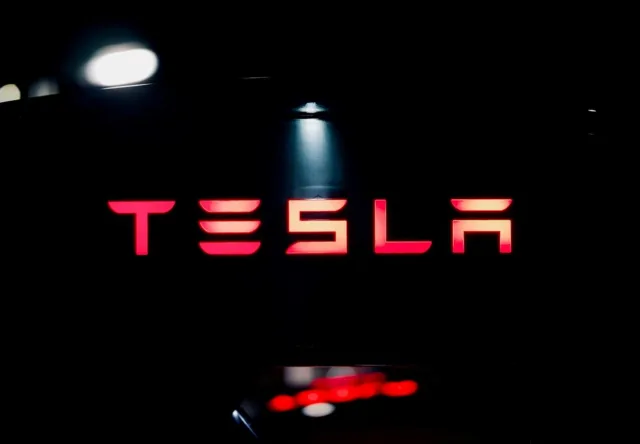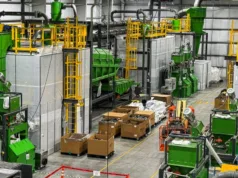
This article first appeared on GuruFocus.
Tesla (NASDAQ:TSLA) just introduced a new twist into the global supply-chain narrative, and it could be more consequential than the headlines suggest. In a Wednesday post on Weibo, Grace Tao, one of Tesla’s senior China executives, pushed back on the idea that the company is shifting away from Chinese suppliers because of rising political tension. She wrote that supplier selection is driven by technical strength rather than geography, at a moment when Washington-Beijing friction is complicating the sourcing strategies of automakers everywhere. Her comments arrive after reports from the Wall Street Journal that Tesla planned to stop using Chinese components in US-built cars, with Reuters noting that General Motors may be exploring similar moves.
Tao’s message reads like a reminder that Tesla’s internal procurement philosophy hasn’t changed. She said the company applies the same strict, objective criteria across its factories in the US, China, and Europe, relying on quality, total cost, technical maturity, and the continuity of long-term supply. That framework could be telling for investors because it underscores how difficult it may be for US manufacturers to quickly unwind their exposure to China’s vast supplier ecosystem. The network is deep, efficient, and hard to replicate, which possibly explains why the industry continues to face questions over how fast it can restructure sourcing as geopolitical pressure escalates.
And Tesla’s China footprint isn’t small. The Shanghai plant remains the company’s largest production hub globally and a major export engine sending vehicles across Asia and Europe. Tao said Tesla now works with more than 400 Chinese supply-chain partners, and over 60 of those have already been integrated into its global procurement systeman elevation she described as helping those local vendors enter the world stage. For investors, the message could be straightforward: Tesla may try to navigate rising political demands, but operational gravity still ties the company tightly to China’s manufacturing base, shaping how the next phase of the EV supply chain could unfold.









